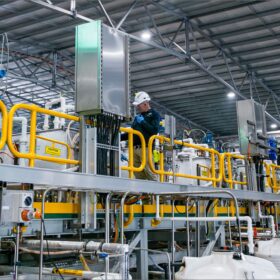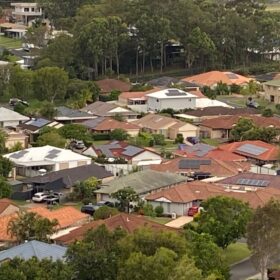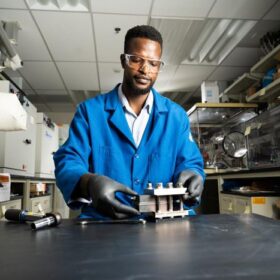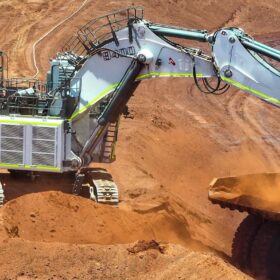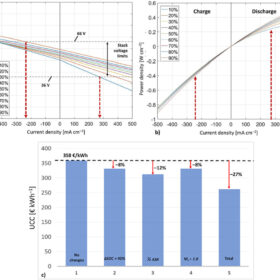Alpha targets lithium-ion battery safety with high-purity alumina
Queensland aluminium materials manufacturer Alpha HPA says it is on the brink of transforming lithium-ion battery safety, declaring its high-purity aluminium nitrate is capable of providing a solution to lithium-ion battery fires.
Australian researchers achieve record-breaking efficiency with perovskite-CIGS tandem PV cell
A team of scientists in Australia claim to have achieved the highest efficiency reported to date for a perovskite-CIGS tandem solar cell built on a flexible steel substrate. In the proposed cell configuration, steel can act as both a substrate and an electrode.
Alice Springs roadmap to renewables calls for urgent action
The central Australian town of Alice Springs is on track to achieve 50% renewable power generation by 2030 but a new report says urgent investment and action is needed to integrate the increasing amounts of renewable energy, including solar PV and battery energy storage, into its isolated grid.
Report says rooftop solar key to cutting climate pollution
A new report puts electricity generation, storage, transmission and electrification from renewable sources on Australia’s front line to combat climate pollution.
Iron-based redox flow battery for grid-scale storage
Researchers in the United States have repurposed a commonplace chemical used in water treatment facilities to develop an all-liquid, iron-based redox flow battery for large-scale energy storage. Their lab-scale battery exhibited strong cycling stability over 1,000 consecutive charging cycles, while maintaining 98.7% of its original capacity.
Lochard explores underground hydrogen storage to shift energy
Energy storage specialist Lochard Energy has secured a $2 million grant from the Australian Renewable Energy Agency that will underpin a feasibility study into large-scale underground storage of green hydrogen in southwest Victoria.
Horizon puts battery technologies to test at regional WA microgrids
Western Australian regional energy provider Horizon Power will trial two novel long-duration energy storage technologies – including a zinc-bromine flow battery provided by Queensland manufacturer Redflow – as it seeks to identify new energy storage solutions for off-grid communities dealing with high levels of solar and extreme weather.
Electric excavator edging diesel alternative at Fortescue mine site
Mining and energy major Fortescue says the performance of an electric excavator operating at its Cloudbreak mine site in Western Australia’s is continuing to improve but is at times already performing better than its diesel equivalent.
Researchers reveal path to fast-charging lithium-sulphur batteries
A team of Australian researchers has designed a new catalyst that has the potential to deliver a new generation of lithium-sulfur batteries that are capable of being charged in less than five minutes, instead of several hours as is currently the case.
Evaluating profitability of vanadium flow batteries
Researchers in Italy have estimated the profitability of future vanadium redox flow batteries based on real device and market parameters and found that market evolutions are heading to much more competitive systems, with capital costs down to $430/kWh at a storage duration of 10 hours.
